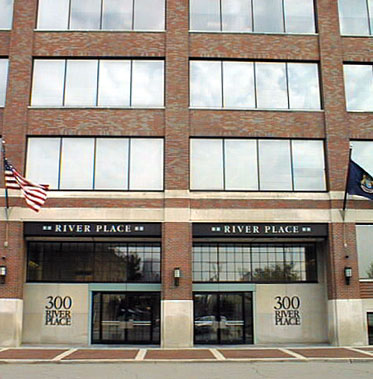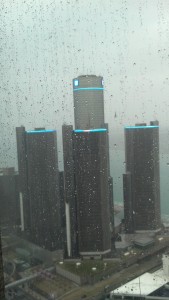A post from our student blogger Sarah Goodman
Registered patent agents and attorneys must abide by the ethical rules enforced by the Office of Enrollment and Discipline of the USPTO. Attorneys must additionally abide by ethical regulations set by the state bar under which an attorney is licensed. Since patent agents are registered with the USPTO on a federal basis, there is no state-specific ethics code for patent agents. The existing references for the ethical obligations of patent practitioners at the USPTO are 37 C.F.R 10 and 37 C.F.R. 11.
The Code of Federal Regulations includes the Canons and Disciplinary Rules of the Patent Office. A key point is the duty of disclosure to a client. A patent practitioner is required to disclose all necessary information and not to lie to a client. A duty of disclosure to the Patent Office is also included. Patent practitioners have a duty not to submit any documents to the Patent Office which are not true, submitted for an improper purpose, or which violate any applicable law. Patent practitioners are required to maintain confidentiality of information disclosed by the client. Confidentiality is an important aspect of protecting IP rights of clients, and this concept has been emphasized during the MSPL program especially in the capstone course because of the access to proprietary invention information. All registered patent practitioners have a duty to disclose to the Patent Office any non-confidential information which establishes a violation of the USPTO disciplinary rules by themselves or another.
The USPTO is currently proposing an update to the Code of Professional Responsibility to adopt more of the ethical standards set by the American Bar Association (ABA). The USPTO hopes that by adjusting their regulations to complement the state bar regulations, patent practitioners will have more consistent ethical obligations. The USPTO acknowledges that currently, patent practitioners are held to obligations not contained in the Code of Professional Responsibility that apply to practicing patent law and the addition of these stipulations would create a more clear and comprehensive set of regulations.
Proposed updates to the Code of Professional Responsibility and comments from established professionals, including Professor Dennis Crouch of the Patent Law Blog “Patently-O”, may be found online at: http://www.uspto.gov/ip/boards/oed/ethics.jsp




